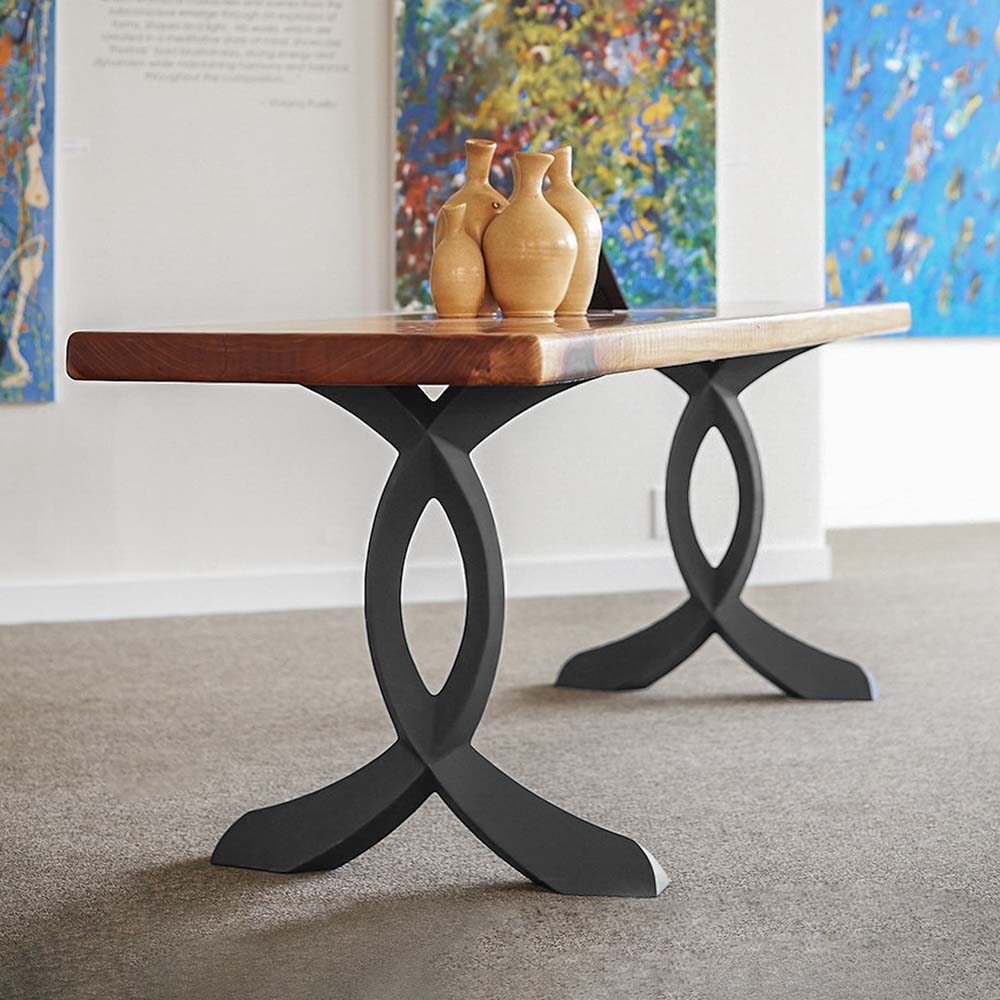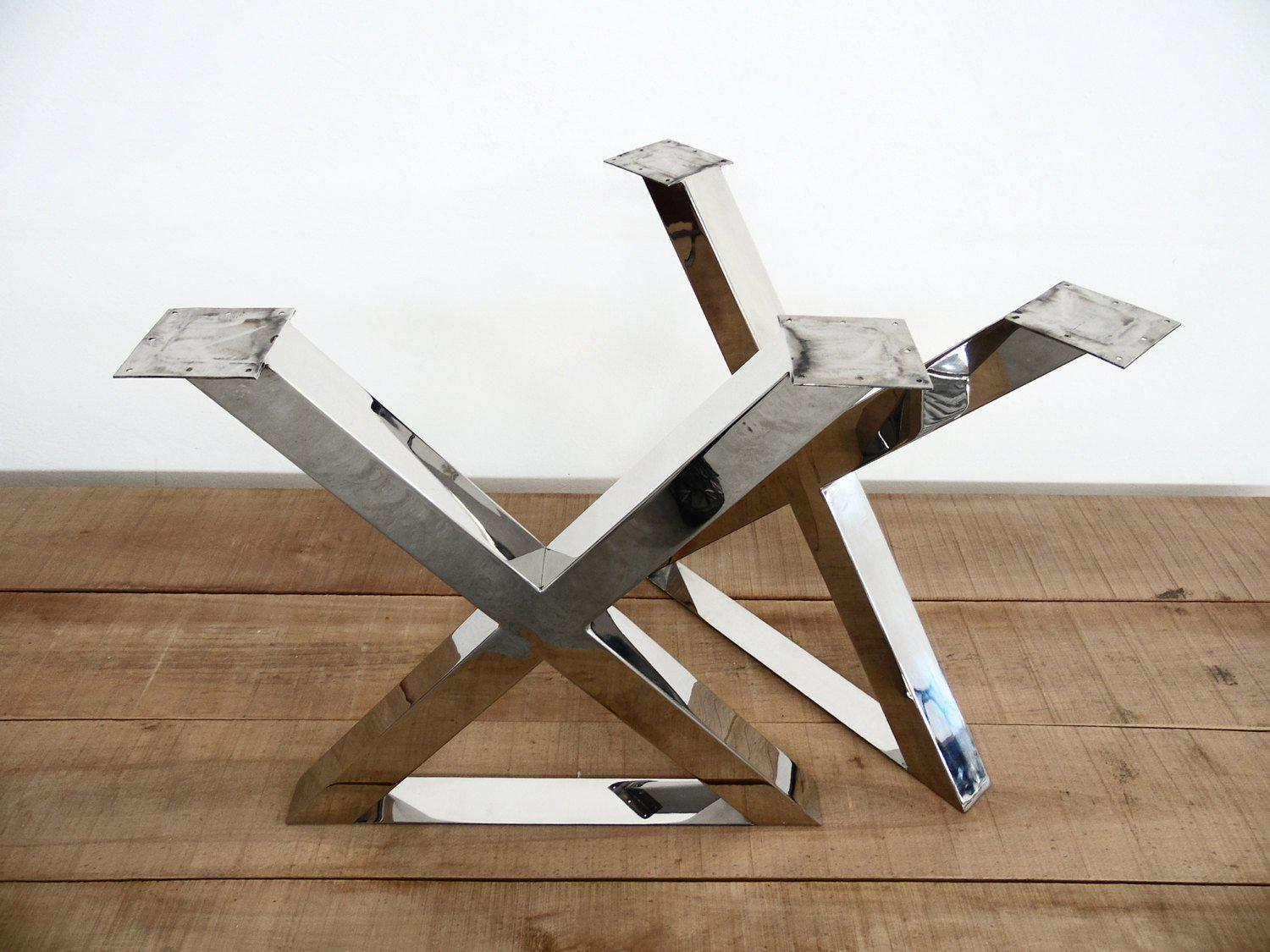A Thorough Appearance at Dining Table Leg Styles: Discovering the Ideal Match
Picking the best dining table leg style is crucial for both visual allure and sensible functionality. For those with larger tables, trestle legs ensure durable assistance, whereas barrette legs present a mid-century modern ambiance with their minimalist layout. The x-shaped legs mix contemporary style with enhanced stability.
Traditional Four Legs
Amongst the different types of eating table leg styles, the traditional four-leg design continues to be a classic option for lots of families. 4 legs offer well balanced assistance, guaranteeing the table stays secure and qualified of bearing considerable weight (dining room table legs).
From a visual viewpoint, the standard four-leg layout can be easily adapted to different indoor styles. Whether crafted from wood, metal, or a combination of products, these legs can be delicately carved, streamlined and minimalistic, or anything in between. Their flexibility allows them to match both rustic and modern setups seamlessly.
Moreover, the uncomplicated structure of the four-leg style assists in convenience of motion and placement within a space. Unlike more complex bases, this design decreases blockages, providing ample legroom for restaurants. In summary, the traditional four-leg table leg style marries sustaining sophistication with functional functionality, making it a sharp option for those seeking both kind and function in their eating furnishings.
Stand Base
Often commemorated for its elegant and space-efficient design, the pedestal base is a prominent alternative to the typical four-leg arrangement in dining table leg designs. Without corner legs, diners are managed higher flexibility of movement, making it an ideal choice for round and oval tables that advertise even more intimate and comprehensive gatherings.
Furthermore, the pedestal base's main support can deal with considerable weight, permitting making use of much heavier tabletops, such as marble or thick hardwood. This strength combined with its aesthetic versatility makes the stand base a popular choice in both standard and modern indoor setups. It can flawlessly integrate with various design styles, from classic elegance to minimalist modernity. Additionally, the central column itself offers a canvas for intricate designs and imaginative expressions, including a component of aesthetic rate of interest below the table. In recap, the stand base integrates functionality with style, making it an improved and functional choice for diverse eating atmospheres.
Trestle Legs
Trestle legs provide a durable and ageless structure for dining tables, characterized by their straight cross-bracing and durable assistance beam of lights. Stemming from medieval times, this layout has evolved yet maintained its vital framework, making it a perennial fave in both conventional and modern settings. The main trestle beam, usually supported by two or even more vertical blog posts, provides remarkable security, permitting larger table sizes without the need for added legs.
A check this significant benefit of trestle leg tables is the ample legroom they use. Unlike tables with 4 corner legs, the absence of blockages at the table's edges offers unblocked space for chairs and diners, boosting convenience and ease of access. This makes trestle tables excellent for accommodating bigger celebrations, whether in a dining-room or a reception hall.
The visual versatility of trestle legs is notable. Readily available in a variety of materials such as wood, metal, and composite, they can be completed to complement a large range of interior styles. From rustic farmhouse to sleek contemporary layouts, trestle legs can be tailored to suit individual tastes. Their enduring charm and practical advantages make trestle legs an engaging selection for those seeking both style and practicality in their table.
Barrette Legs

The charm of barrette legs depends on their simplicity and convenience - dining room table legs. Available in an array of materials, including steel and brass, they can be completed in numerous colors to complement different indoor designs. Whether coupled with a rustic wood table top or a contemporary glass surface, barrette legs easily mix functionality with a touch of vintage beauty
Resilience is one more remarkable feature of hairpin legs. In spite of their fragile look, these legs are crafted to birth substantial weight, guaranteeing the eating table continues to be secure and secure. Additionally, they are fairly simple to mount, making them a preferred selection for DIY enthusiasts and professional furniture makers alike.
X-Shaped Legs

Created from materials such as steel, wood, or a combination of both, X-shaped legs can be customized to match numerous design preferences. Steel legs typically offer a sleek and industrial feel, suitable for loft-style apartment or condos and modern-day eating spaces.
Furthermore, the engineering behind X-shaped legs makes sure also weight circulation, minimizing the risk of wobbling and enhancing sturdiness. This makes them especially fit for bigger table that require additional support. In Recommended Site essence, X-shaped legs blend practical engineering with modern looks, making them a classic selection for varied eating atmospheres.
Final Thought
A detailed understanding of table leg styles exposes the unique qualities and benefits of each design. Traditional four legs supply security and classic charm, while pedestal bases offer legroom and a streamlined look. Trestle legs make certain durable support for larger tables, and barrette legs present a mid-century contemporary aesthetic. X-shaped legs combine modern style with boosted security. Picking the appropriate leg design makes certain both practical and visual contentment in any kind of dining area.